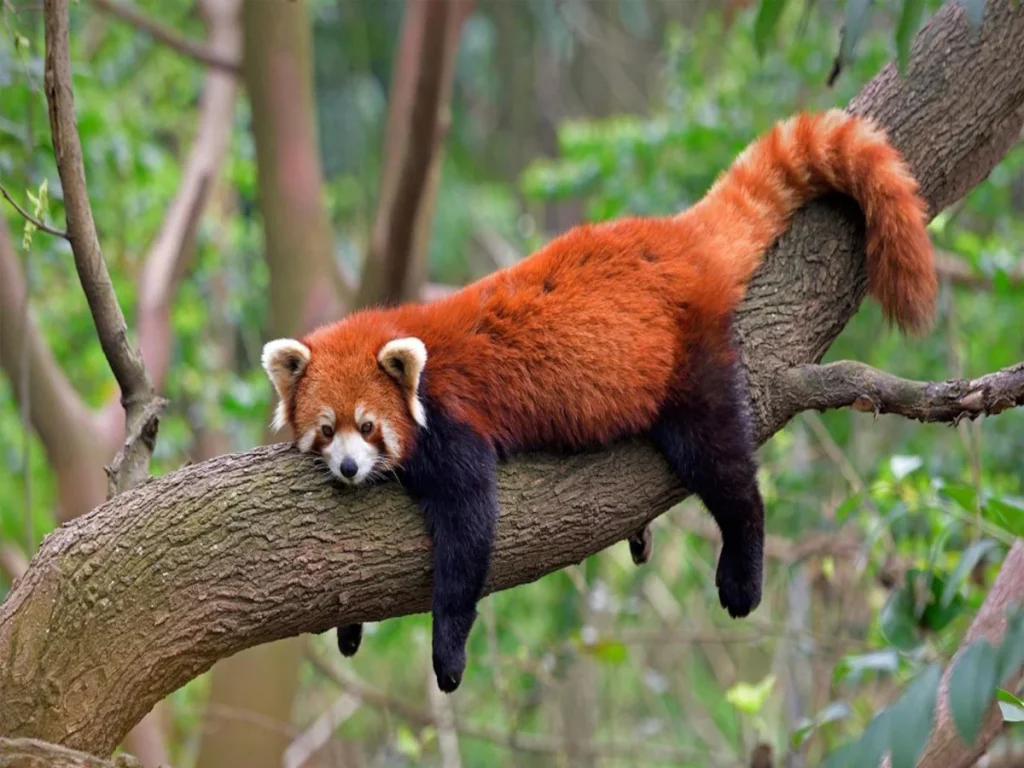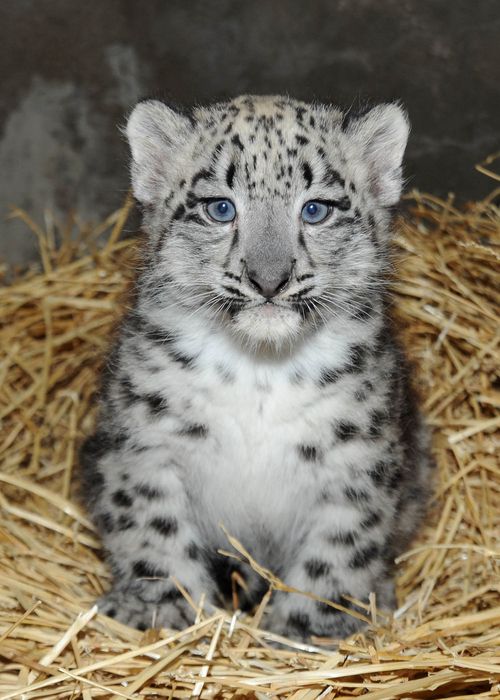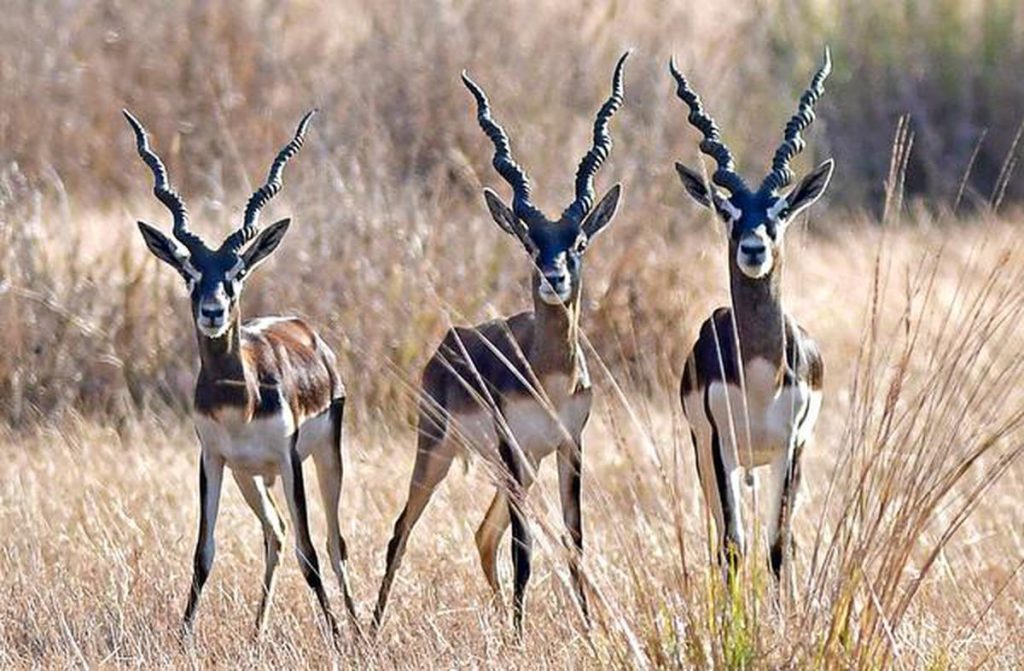India is home to large biodiversity, which is home to many unique animals in the world. So, today we are going to see some of the most unique animals in India:
1. Red Panda
Red Panda is one of the rarest and endangered mammal natives of the Eastern Himalayas and Southwest China. It is also known as lesser Panda or Lal Panda. Red Panda in India can be found in Eastern Himalayas, including various regions of Sikkim and Arunachal Pradesh in India. Panda and Red Panda are completely different in fact it is more closely related to raccoons and weasels. Red Pandas have reddish-brown fur, a bushy tail with rings, and a masked face, helping them blend into mossy trees. Mostly they eat bamboo but they also eat fruits, eggs, and insects. Red Panda conservation effort is needed now because now there are less than 10,000 Red Pandas left globally.

2. Snow Leopard
Snow Leopard in India is one of the rarest animals on earth. This big cat is found in the high-altitude regions of the Himalayas in Ladakh, Himachal Pradesh, Uttarakhand, Sikkim, and Arunachal Pradesh. White Leopard is also known as the “Ghost of the Mountains,” it has a thick, smoky-gray fur with rosettes, perfect for camouflage in rocky terrains. Due to habitat loss, poaching, and conflict with herders, only around 500 Snow Leopard are there in India. They are classified as vulnerable and there is urgent need for Snow Leopard conservation efforts like Project Snow Leopard to protect this majestic predator and its fragile ecosystem.

3. Flying Squirrel
India is home to around 17 Flying Squirrels species and all these species are rare and one of the most mysterious animals in the world. These nocturnal and unreal rodents are known for its ability to glide between trees using a membrane called a patagium stretched between its limbs. Flying squirrel in India are found in different regions including Arunachal Pradesh, Uttarakhand, Gujarat and various parts of Northeast India. Due to limited habitat and elusive nature of these gliding Squirrels, they are very much affected by habitat loss, making them critically endangered species.

4. Indian Pangolin
Indian Pangolins (Manis crassicaudata) are shy, nocturnal mammal found in various parts of India, mostly they prefer desert regions, barren and hilly areas. It is also known as thick-tailed Pangolin and scaly Anteater. Its body is covered by 11-13 rows of scales. Despite being harmless, this Pangolin in India is critically endangered due to rampant poaching for their meat and scales, which are wrongly believed to have medicinal properties. Habitat loss further threatens their survival, making conservation efforts urgently necessary for this unique species.

5. Nilgiri Tahr
Nilgiri Tahr is an endangered mountain goat endemic to the Nilgiri hills and Western Ghats of southern India. It is the state animal of Tamil Nadu and has a short, coarse coat and curved horns. This is one of the 12 mountain goat species found in India. Earlier they used to be large in numbers and found in various regions but now their population declined drastically due to hunting, habitat loss, and human encroachment. Conservation efforts have helped in stabilizing their population which is still fewer than 3,000 in the wild.
6. Blackbuck
Blackbuck is graceful antelope which is known for its beautiful appearance and swift movements. Once they are very large in numbers and can be easily found in various plain regions across India, however their population declined due to hunting and habitat loss. These Indian antelope hold cultural significance and are considered very sacred in some communities. Males have long, spiraled horns and dark brown to black coats, while females are fawn-colored and hornless. Various conservation efforts have helped stabilize their numbers in recent years which is still needed to be continued.
These six animals are most unique animals in the world that you can see in India. They are rare and all of them need active conservation efforts to protect them from getting extinct. India is also home to other rare creatures in the world that we will see in our other blogs.
Until next time, keep travelling and take care of Nature.